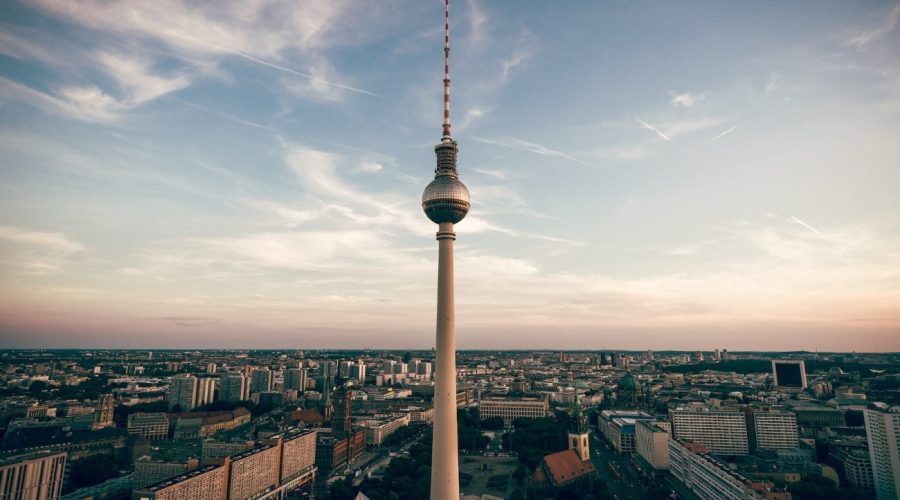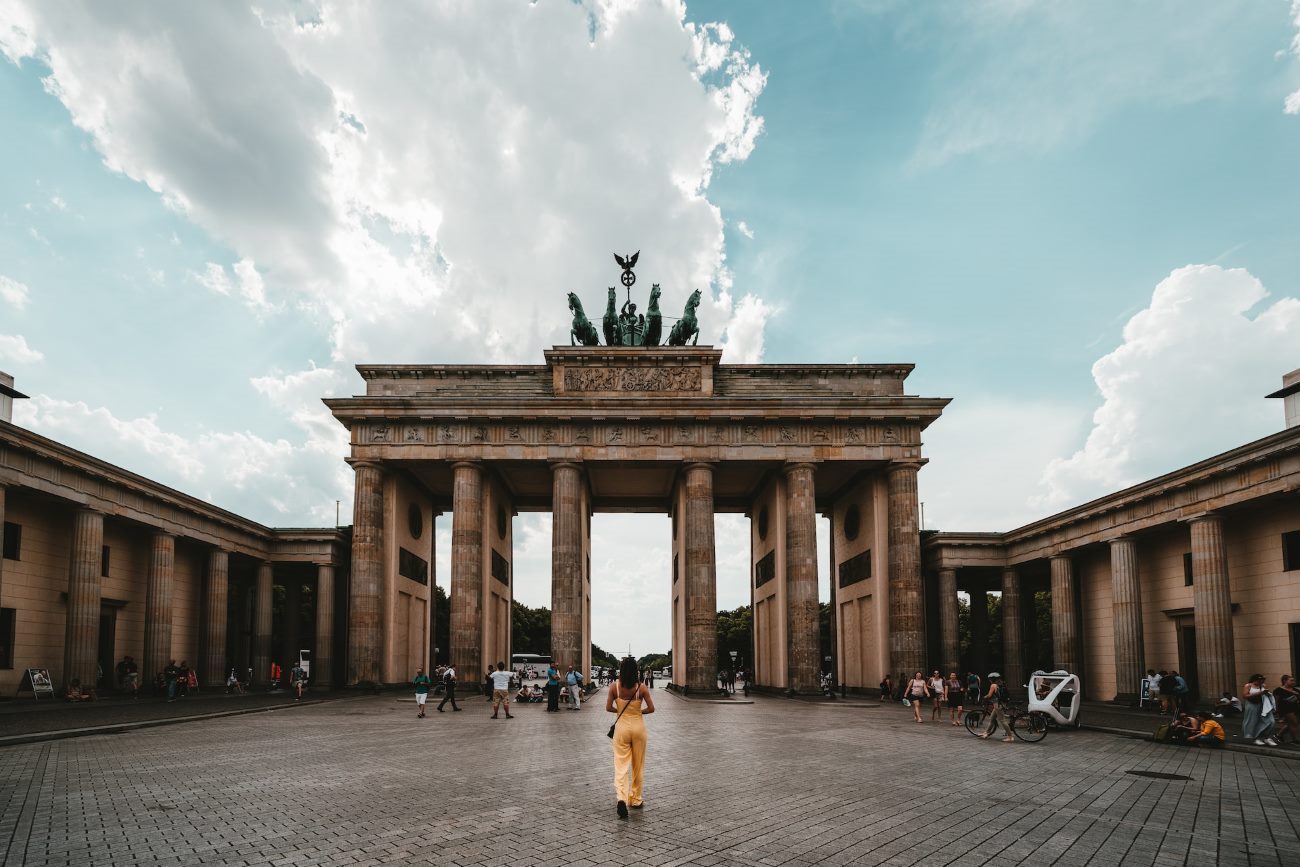Discover the Joy of Free Museums in Paris on Sunday
Introduction
Paris, the capital of France, is famous for its rich cultural heritage. The city is home to a plethora of museums that house some of the world’s most treasured artworks, historical artifacts, and archaeological discoveries. While many museums in Paris charge an entrance fee, there is a secret for budget-conscious travelers – free admission to select museums on Sundays. In this guide, we’ll explore the list of popular museums that offer free entry on Sundays, allowing you to immerse yourself in art, history, and culture without breaking the bank.
The Benefits of Free Museum Sundays
Visiting museums on Sundays in Paris can be a fantastic way to enhance your cultural experience while saving money. Here are some benefits of taking advantage of the free admission:
- Budget-Friendly: Exploring museums can be expensive, especially if you plan to visit multiple museums. Free admission on Sundays allows you to enjoy the cultural wealth of the city without spending a dime.
- Less Crowded: As Sundays are generally quieter than weekdays, visiting museums on this day grants you the opportunity to explore the exhibits at a more relaxed pace, without the hustle and bustle of large crowds.
- Increased Accessibility: Free admission to renowned museums makes art and history more accessible to everyone, encouraging a wider audience to engage with cultural treasures.
Top Free Museums to Explore on Sundays
1. Musée du Louvre
No visit to Paris is complete without a trip to the world-renowned Louvre museum. On every first Sunday of the month, the museum offers free entry to its permanent collection. Marvel at iconic masterpieces like the Mona Lisa, Venus de Milo, and the Winged Victory of Samothrace.
2. Musée d’Orsay
The Musée d’Orsay houses an extensive collection of impressionist and post-impressionist paintings, sculptures, and decorative arts. Enjoy free admission on the first Sunday of each month and witness the works of renowned artists such as Monet, Renoir, Van Gogh, and Cézanne.
3. Centre Pompidou
Centre Pompidou is a modern art museum known for its unique architectural design. On the first Sunday of each month, you can freely explore the museum’s contemporary art exhibitions and enjoy panoramic views of Paris from its rooftop terrace.
4. Musée de l’Orangerie
Located in the beautiful Tuileries Garden, the Musée de l’Orangerie is home to Claude Monet’s captivating Water Lilies series. Take advantage of free admission on the first Sunday of the month to immerse yourself in Monet’s tranquil and immersive art.
5. Musée Rodin
If you appreciate sculpture, the Musée Rodin is a must-visit on Sundays when admission is free. Admire the exquisite works of Auguste Rodin, including his most famous piece, The Thinker, in the museum’s picturesque garden.
Plan Your Visit
Before heading to any of the museums, it’s essential to plan your visit to make the most of your time:
- Check the Schedule: While Sundays often offer free admission, some museums may have specific time slots or restrictions. Check each museum’s official website for the most up-to-date information.
- Arrive Early: To avoid long queues, arrive early in the morning or during less busy hours. This way, you can maximize your time and explore the exhibits more comfortably.
- Prepare for Security Checks: Major museums in Paris implement security checks at the entrance. Simplify the process by packing light and avoiding prohibited items such as large backpacks or sharp objects.
- Stay Updated: Keep an eye on the museums’ websites or social media channels for any changes in the free admission policy or special exhibitions happening during your visit.
Conclusion
Exploring the wealth of art and history in Paris doesn’t have to drain your wallet. By taking advantage of the free admission to museums on Sundays, you can embark on an enriching cultural journey without spending a cent. Make the most of this opportunity to appreciate masterpieces, experience different art movements, and immerse yourself in the vibrant heritage of the City of Light.
Table of Contents




